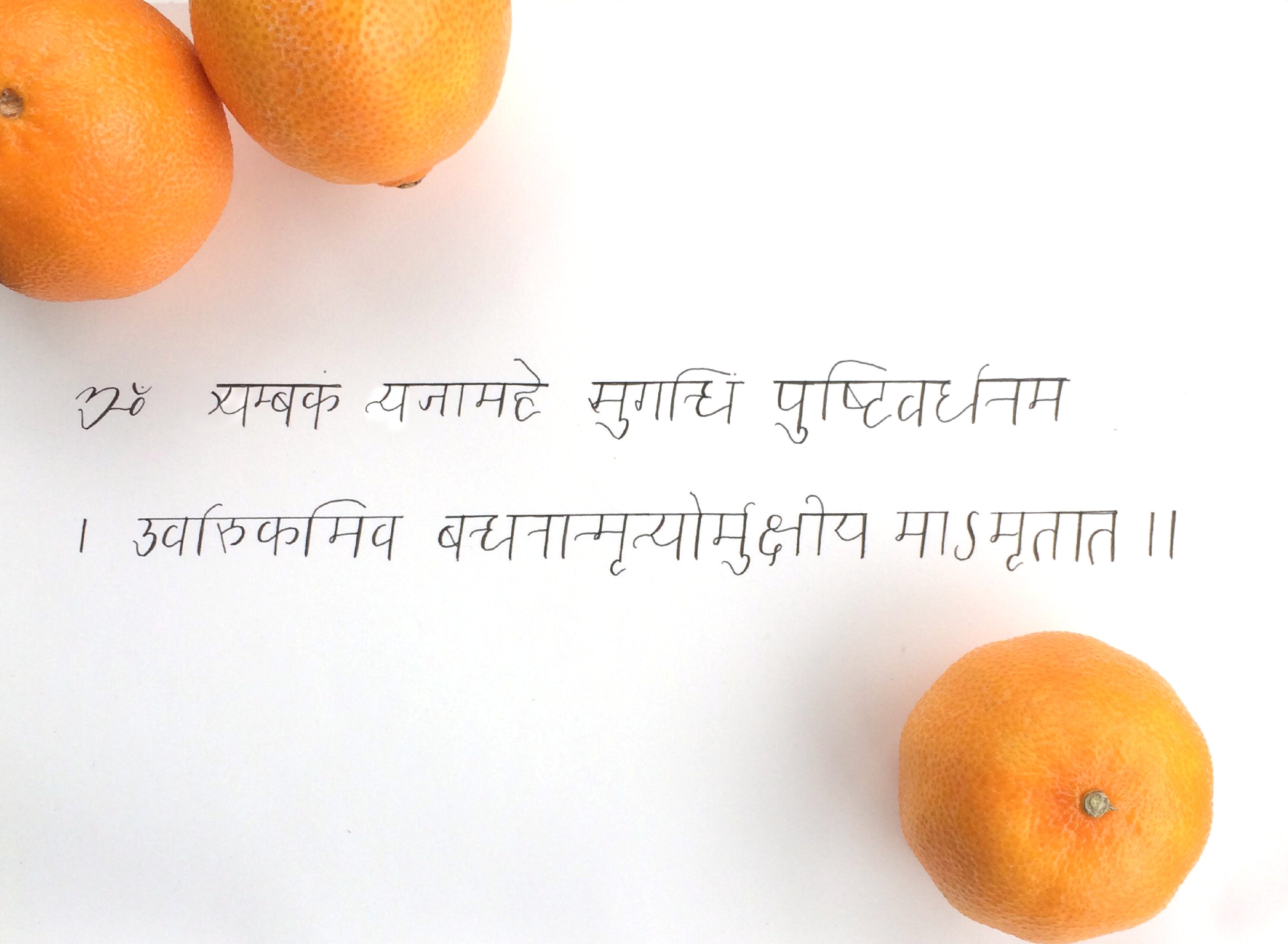By Jim Kulackoski
The Sanskrit root Sam (सं ) denotes the concept of “bringing” or “joining together”, while the root Gha (घ) is the idea of holding and maintaining something.
Therefore, the word Samgha (संघ), or sangha as it is pronounced, means “that which holds together and maintains.”
 Sangha refers to the coalescence of ideas and beliefs which are “held” and cherished by a group of people. In other words, sangha is community.
Sangha refers to the coalescence of ideas and beliefs which are “held” and cherished by a group of people. In other words, sangha is community.
It is not simply a community in the sense of a group of people, but rather the very ideas and beliefs which bring those people together, uniting them into a whole which is greater than the sum of its parts. This whole becomes an organic and dynamic entity; a “collective consciousness” which evolves and grows as its constituents do, nourishing them and providing a forum for their continual self expression.
As I contemplate the idea of sangha, I begin to think about my own beliefs and the communities I co-create with them.
While I consider what it means to me to be a part of something much larger than me, I am confronted by the personal obstacles which often keep me from participating in sangha; the fears, the arrogance and the ego which I routinely use to limit myself and others.
I think about the roles I play within the communities I inhabit, the contribution I inherently am (whether I know it or not), and the inevitable impact of my actions within each community.
Awareness of “contribution” and “impact” makes me aware of how powerful each of us are, and how we all play a key role in creating the universe we inhabit on levels both great and small.
I am reminded of the awesome necessity for personal responsibility that accompanies this power, one I often try to avoid. Then again, I am reminded of the gift which is afforded by the acceptance of such responsibility, that of purpose; purpose which both ignites individual action and serves the function of elevating community.
























No Responses to “Sanskrit: Sangha presents concept of community”